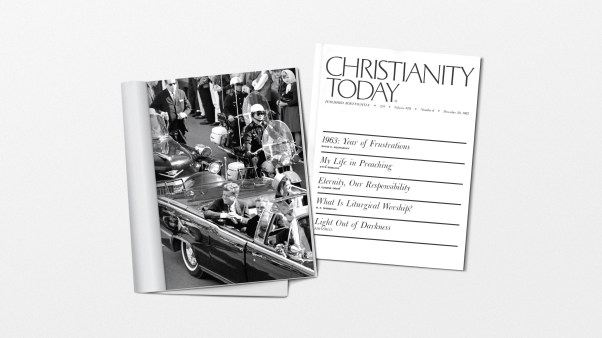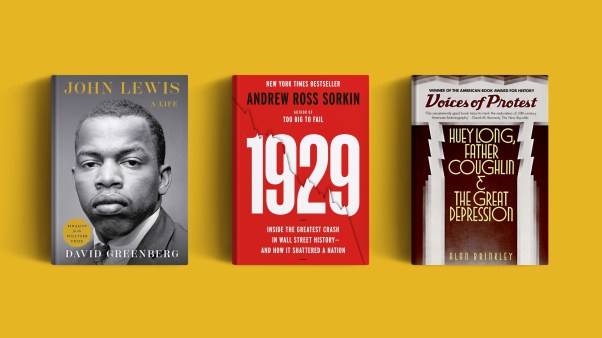Preaching has a long tradition of one-way communication. You may want to consider experimenting, though, with another alternative well suited to our culture: dialogue.
When Jesus taught, he rarely depended on monologue. The New Testament records that he asked 153 questions. “Whose likeness is on this coin?” “Which one was this man’s neighbor?” Jesus, the Master Teacher, engaged in dialogue.
There are various ways to introduce more two-way communication into your sermons. Each preaching situation has its own rules, but one or two of these ideas may work in your church.
Q & A: audience to preacher
Speakers often use this method following a message, but we can also allow people to ask questions within a sermon. Wording like this prompts feedback: “Have I made that clear?” or “Can I clarify anything?” This puts the responsibility for clarity on the preacher so listeners don’t feel stupid for asking.
Q & A: preacher to audience
We can ask the congregation either closed or open questions. To focus the audience’s attention, ask a closed question: “What is the Great Commission?” Open questions are even more potent, as when Jesus asked, “Who do men say that I am?” To teach like Jesus, we might ask a series of questions: “What are people most afraid of? What are you most afraid of? What place does prayer have in your struggle against fear?”
Rhetorical questions
These are simple to use and can be as effective as “real” dialogue. They engage the audience in mental dialogue with the preacher.
Interviews
Before, after, or even in the middle of a message, bring forward a person with firsthand experience in the subject of the message to reinforce the point. Take questions from the audience or the preacher.
Testimony
Listeners participate vicariously in the ideas and emotions of personal stories. Try following your sermon with a story from someone who has “been there, done that.” Rick Warren of Saddleback Community Church uses testimony every week to increase the impact of his messages.
Role play and drama
This method also creates identification. As a twist on the typical use of drama, I wove a sequence of scenes into a sermon called “A Day in the Life of a Christian.” This sermon was designed to show seekers what it was like to be a Christian. The sermon began with a normal introduction, but then I brought out an actress we called Jill Christian. I asked if the audience could accompany her through her day, and as she encountered various trials and triumphs, we dialogued, or I commented directly to the audience on what had just occurred.
Dialogue-based outline
The outline of a sermon can take the shape of questions and answers. Anticipating listeners’ questions as you teach on baptism, you might use this outline: (1) What does baptism mean? (2) Who should be baptized? (3) What does baptism do? (4) How should baptism be done?
Pre-sermon “feedforward”
Dallas Seminary preaching professor Keith Willhite urges, “Stop preaching in the dark! Gaining feedback isn’t enough.” Try to gather people’s ideas and experiences before you preach and use them in sermon preparation.
Post-sermon feedback
Response after the sermon can show where further teaching is needed. (Warning: you have to be humble to listen to most people’s comments. Or it will make you humble!)
Dietrich Bonhoeffer writes, “It is characteristic of the preacher that he simultaneously questions and proclaims. He must ask along with the congregation and form a ‘Socratic community,’ otherwise he could not give any reply. But he can reply and he must, because he knows God’s answer in Christ.”
I think you will find that encouraging more two-way communication in your preaching will invigorate you, your church community, and your sermons.
Jeff Arthurs is associate professor of communication/homiletics at Multnomah Bible College and Biblical Seminary in Portland, Oregon, and president of the Evangelical Homiletics Society.
Copyright © 2000 by the author or Christianity Today/Leadership Journal. Click here for reprint information on Leadership Journal.









